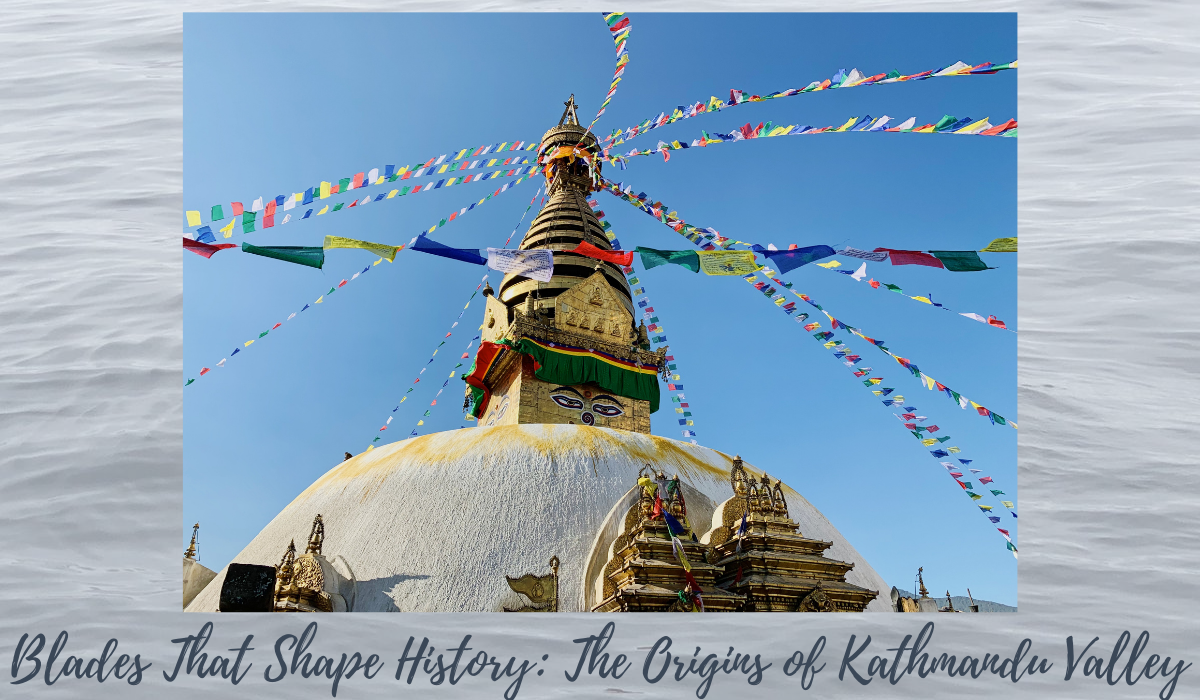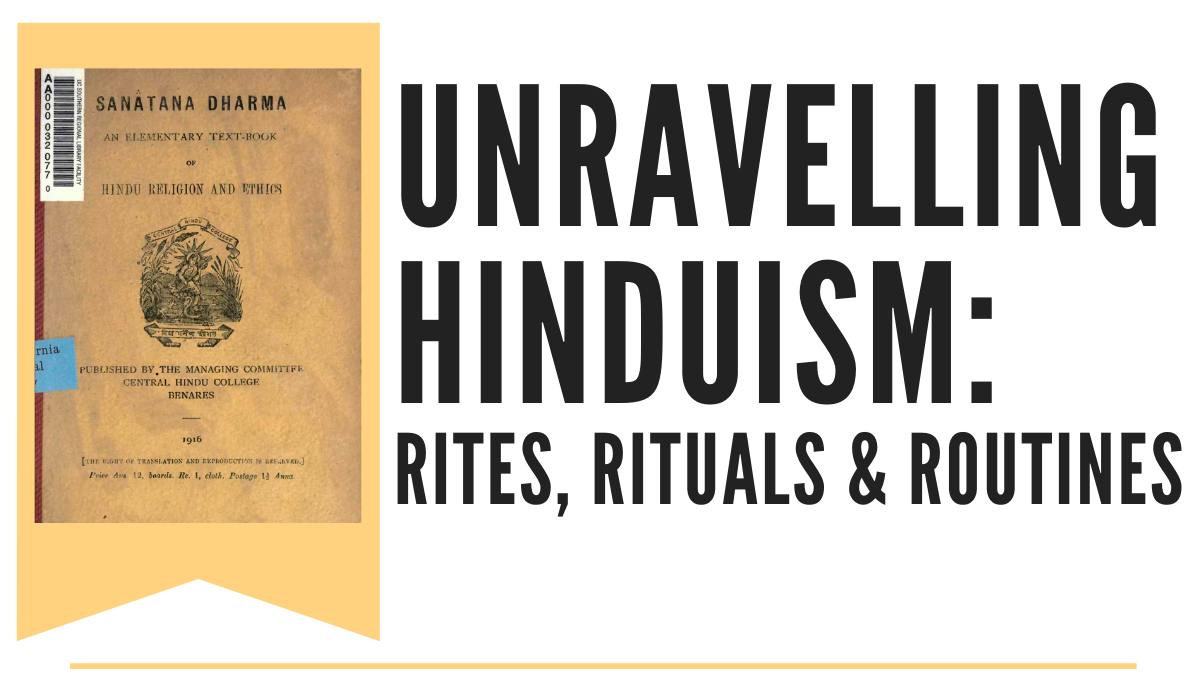Can You Hear the Gods Whispering: The Origins of Kathmandu Valley

Years ago I came across a book called “Nepal: where the Gods are young.” This title struck me so deeply that even, now almost a decade later, I still recall it, even though I never got the chance to open up the book and see what was inside. There was something so profound about the title, it reminded me that I live in a city where the Gods are present at every turn. Each street corner has a small temple or shrine and our cityscape is defined by round Stupas and triangular mandirs. I would see these buildings without fully appreciating what it meant: that this city, this country, it’s history and it’s people are shaped by the divine in a way that I am yet to see in any other nation in the world.
I realised this more fully last year when I read two books, ironically both were completely unrelated to Nepal. “Mythos” and “Heroes” are books by the inimitable Stephen Fry. They are both collections of Ancient Greek Myths retold in an accessible way for modern readers and take us through everything from the Ancient Greek ideas of the creation of the universe all the way up to the famous Ancient Greek heroes and their various feats of triumph. Now you may wonder what all this has to do with Nepal. Well, as I read the stories about Gods coming down from Olympus to shape the course of human lives and to interact with mere mortals, I realised that what was happening in Ancient Greece many millennia ago was happening in our own country mere centuries ago. Of course Nepal is a country where the Gods are young, they were walking among us for thousands of years and all the way up to the very recent past. We see the marks they have left on our nation even today. I cannot imagine a more spiritually alive country than Nepal.
What follows is a series of short stories that show exactly how intertwined the celestial and the earthly are in our country, and how the cities we live in and the streets we walk are there by divine purpose.
(Please note that what follows does not claim to be a factual, definitive or comprehensive history. These are stories that have been passed down in an oral tradition for many generations. There may be different versions of each of these stories and what is found here is simply one retelling. This article and its associated imagery are in no way meant to cause offence or wipe out any other narratives that may exist regarding these topics.)
No story about the mythical aspects of Nepal would be complete without a mention of the creation of the valley that is now home to our capital city; Kathmandu, and this will be our first story.
Blades That Shape History: The origins of Kathmandu Valley
Kathmandu Valley was once a lake that was once considered to be the most beautiful in the world. It was so beautiful that it was believed to exist in symbiosis with the heavens. The lake was home to spirits, Nagas (snake gods) and was a destination for many sages who would meditate on its shores. One such sage to visit the lake was Vipashvin, one of the twenty-eight Buddhas. As he meditated on the shores of the lake, a lotus seed appeared to him. He flung this seed into the middle of the great lake and with it he spoke into existence the appearance of Swayambhu (meaning the self created one) in the form of a flame. It is even thought that the eventual draining of the lake by Manjushree was also predicted by Vipashvin on this fateful day.
We’ve all heard that Kathmandu was once a great lake and that Manjushree flew down and cut through the hills that surrounded the lake allowing it to drain away, leaving behind the Valley that so many of us call home.
Some maintain that Manjushree was a Tibetan monk or deity who wished for civilisation to thrive in this area. Some sources cite Manjushree as being of Chinese descent, and it is stated in the Newari-Buddhist text, the “Swayambhu Purana,” that Manjushree came to the great lake that once filled this valley and saw a lotus flower in the middle of it. He is said to have seen this beautiful lotus on the surface of the lake, and upon deciding that this area would become home to a flourishing civilisation, cut through the hills surrounding the lake. Other sources claim that Manjushree saw a great flame coming out of the lotus and that this is what prompted his actions as he thought devotees would be able to worship the flame more closely if the lake was to be drained. Manjushree’s blade created the Chobar gorge, and as the waters of the lake gushed out, the location where the lotus flower came to land at the bottom of the lake is now the site where the Swayambhu Stupa stands. Due to his supposed Chinese origins, Manjushree was thought to bless both China and Nepal equally and is revered to this day in both countries.
Similarly a book entitled “History of Nepal” was published in 1877 and refers to Manjushree, who came from “Mahachin” (presumably China) and spent three nights observing the lake. Upon completing his observation he, with a goddess standing either side of him, cut through the hills to let the water and all manner of snakes and creatures flow out. It is said that Manjushree convinced the king of the snakes to remain in the valley, promising him power and wealth. The book further goes on to corroborate that the followers of Manjushree established the Swayambhu stupa in his honour. Other sources remind us that Manjushree himself personified wisdom, while his sword was a symbol of insight. His wisdom and observational powers led to him becoming fascinated by the light of Swayambhu (presumably another reference to the flame that was visible coming out of the lotus) and in his desire to approach this light he drained the lake that kept him from his destination. Swayambhu is thought to mean “self created” and according to some legends, the flame that drew Manjushree’s attention became the Swayambhu stupa once the lake was drained, and has stood as witness to all that occurs in our city ever since.
Sources and links for further reading:
Pal, Pratapaditya. Nepal: Where the Gods are Young. Asia Society Museum, 1975
Fry, Stephen. Mythos:The Greek Myths Retold. Micheal Joseph, 2017
Fry, Stephen. Heroes:Mortals and Monsters, Quests and Adventures. Micheal Joseph, 2018
https://www.eltonyoga.com/blog/manjushri-kathmandu-valley/
https://www.arnikosociety.com.np/manjushri.php
http://ecs.com.np/cover-story/the-return-of-manjushree
http://ecs.com.np/heritage-tale/manjushree
https://www.acethehimalaya.com/kathmandu-valley-a-city-of-myths/

